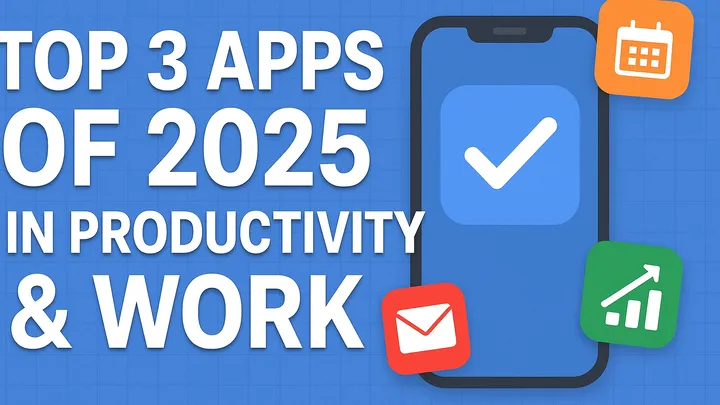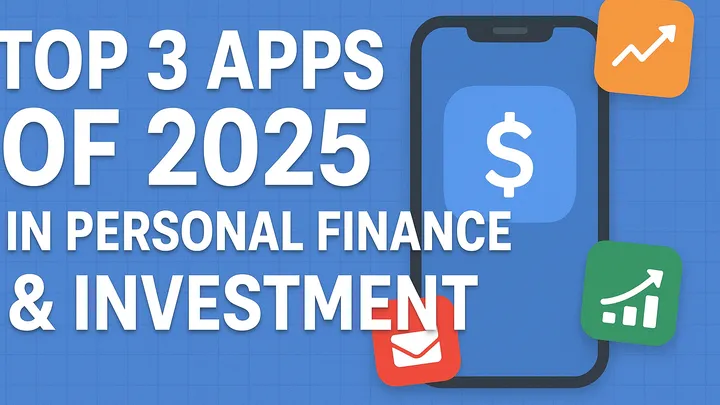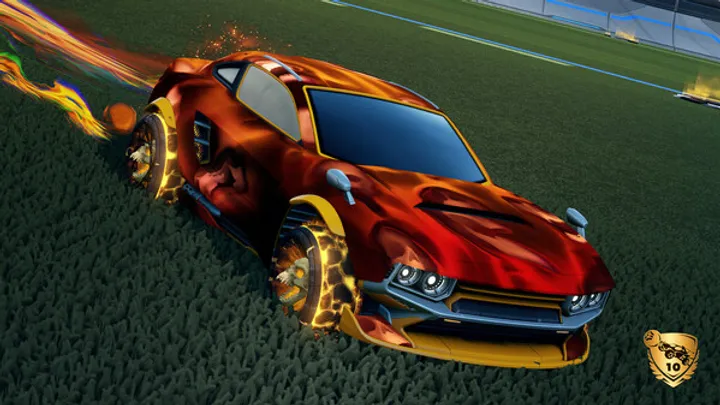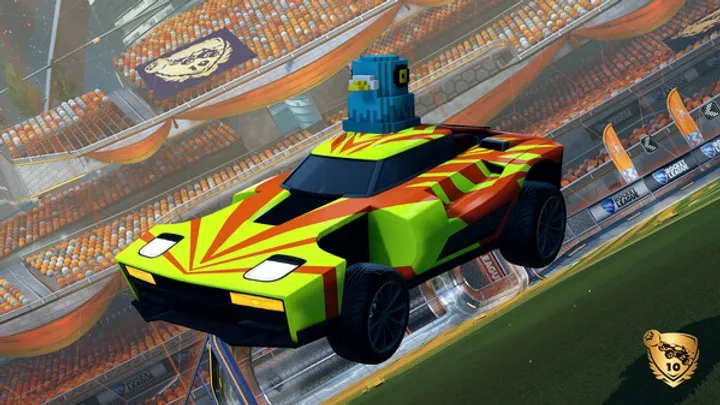Rocket League® is a game of physics, finesse, and fast-paced decision-making. What begins as a simple concept—cars playing soccer—quickly evolves into a competitive experience requiring mechanical mastery, strategic awareness, and mental resilience. Whether you're just starting out or grinding through the ranked ladder, this guide offers a structured path to improvement. Each section is arranged chronologically, helping players build foundational skills before advancing to high-level concepts. From camera settings to team synergy, this is your roadmap to becoming a smarter, faster, and more consistent Rocket League player.
1. Setting Up for Success: Camera and Control Settings
Before you hit the field, your settings determine how well you can see, react, and control your car. Default settings are rarely optimal, so customizing them is essential.
Start with camera settings. Increase your field of view (FOV) to 110 for better spatial awareness. Lower camera shake to zero—it adds unnecessary visual noise. Adjust camera distance, height, and angle to suit your playstyle. Next, tweak your controller settings. Reduce deadzones for tighter control and remap air roll to a bumper for easier aerial maneuvering.
Recommended Camera Settings
- FOV: 110
- Distance: 270–300
- Height: 100
- Angle: -3 to -5
- Stiffness: 0.4–0.6
Pro Tip
Use training packs to test your settings in real scenarios before committing.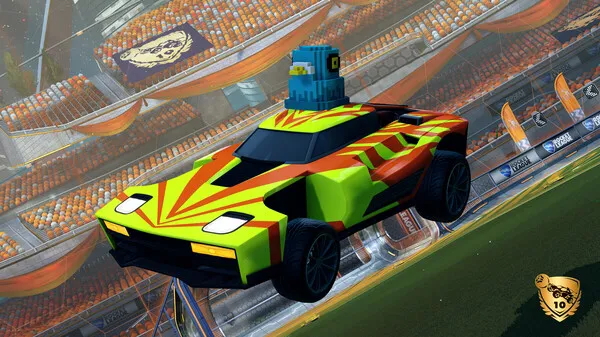
2. Movement Fundamentals: Boost, Flips, and Powerslides
Movement is the foundation of Rocket League. Boost management, flipping, and powersliding determine how efficiently you navigate the field. Mastering these basics will make every other skill easier to learn.
Use diagonal flips instead of front flips to cover more ground. Learn half-flips to recover quickly when facing the wrong direction. Powersliding allows you to turn sharply without losing momentum—essential for tight rotations and defensive plays.
Movement Techniques
- Diagonal flip for speed
- Half-flip for recovery
- Powerslide for sharp turns
Pro Tip
Practice movement drills in free play for 10 minutes before each session.
3. Ball Control and Dribbling Mechanics
Ball control separates casual players from competitive ones. Start with ground dribbling—balancing the ball on your car while steering. Once comfortable, learn flicks by jumping and flipping while carrying the ball.
First touches are critical. A soft touch gives you control, while a hard touch can clear the ball or pass to a teammate. Practice manipulating the ball with different parts of your car to change direction and speed.
Ball Control Skills
- Ground dribble
- Flicks (45°, 90°, musty)
- Soft touches for possession
Pro Tip
Use custom training packs focused on dribbling and flicks to build muscle memory.
4. Aerials and Air Roll Mastery
Aerials are essential for intermediate and advanced play. Start by jumping and boosting toward the ball in the air. Once comfortable, incorporate air roll to fine-tune your orientation mid-flight.
Double jumps allow you to reach higher altitudes quickly. Practice aerial shots from different angles and distances. Eventually, learn fast aerials—jumping, boosting, and flipping in quick succession for maximum speed.
Aerial Progression
- Basic aerials
- Air roll control
- Fast aerials and redirects
Pro Tip
Use aerial-focused training packs to simulate real match scenarios.
5. Rotations and Positional Awareness
Rotations are the most misunderstood aspect of Rocket League. Good rotation ensures that teammates don’t double commit and that someone is always ready to defend. Learn the “third man” rule—if two teammates are ahead, rotate back.
On offense, rotate wide to keep passing lanes open. On defense, shadow the ball and avoid overcommitting. Positioning is dynamic—adjust based on teammate location, ball trajectory, and opponent pressure.
Rotation Rules
- First man challenges
- Second man supports
- Third man defends
Pro Tip
Watch pro replays to understand how rotations shift during high-level play.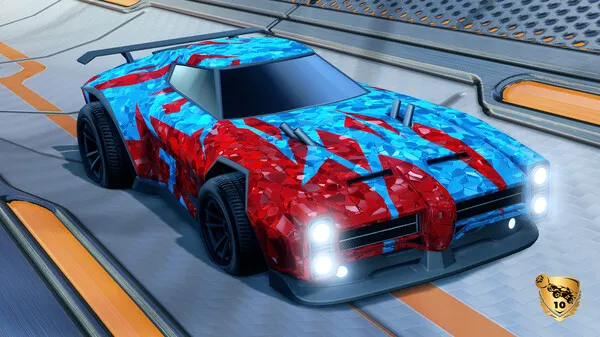
6. Boost Management and Efficient Pathing
Boost is your lifeline. Learning how to manage it separates efficient players from chaotic ones. Don’t chase full boost pads—use small pads (12 boost) to maintain momentum and stay in play.
Plan your pathing to include boost pickups. On defense, rotate through the back post and grab corner or mid boost. On offense, rotate wide and collect pads to stay active without leaving gaps.
Boost Tips
- Prioritize small pads
- Avoid boost starvation
- Rotate through boost zones
Pro Tip
Use free play to practice pad pickups while maintaining ball control.
7. Game Sense and Decision-Making
Game sense is the ability to anticipate plays and make smart decisions. It’s built through experience, replay analysis, and situational awareness. Learn when to challenge, when to fake, and when to rotate.
Avoid tunnel vision—watch the entire field. Recognize patterns in opponent behavior and exploit weaknesses. Decision-making improves with confidence and understanding of risk vs. reward.
Smart Decisions
- Controlled challenges
- Fake plays and baits
- Reading opponent rotations
Pro Tip
Play slower-paced matches to focus on decision-making rather than mechanics.
8. Team Play and Communication
Rocket League is a team game. Solo plays can win matches, but coordinated passing leads to consistent success. Learn to recognize passing opportunities—soft touches, wall passes, and backboard setups.
Communicate with teammates using quick chat or voice. Don’t ball chase—trust your teammates and rotate properly. In 2v2 and 3v3, spacing is key. Avoid clustering and maintain triangle formations.
Passing Techniques
- Infield passes
- Backboard setups
- Wall passes and redirects
Pro Tip
Use replays to analyze missed passing opportunities and improve decision-making.
9. Training Tools and Custom Packs
Rocket League offers robust training tools. Use custom training packs to target specific skills—shooting, aerials, dribbling, and defense. Workshop maps (on PC) offer obstacle courses and mechanics drills.
Use free play for warm-ups and solo practice. Replay analysis helps identify mistakes and track improvement. Combine training with ranked play to apply skills under pressure.
Training Resources
- Custom training packs
- Workshop maps (PC)
- Replay analysis tools
Pro Tip
Set goals for each session—focus on one skill at a time to avoid burnout.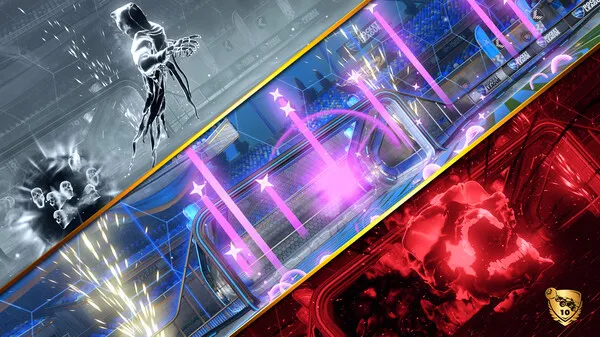
10. Ranking Up and Staying Consistent
Ranking up requires more than winning—it demands consistency. Focus on improving rather than chasing rank. Avoid tilt by taking breaks and maintaining a growth mindset.
Track your progress with replays and stat tools. Celebrate small wins—better positioning, cleaner touches, smarter rotations. The climb is slow, but steady improvement leads to long-term success.
Rank Tips
- Focus on improvement
- Avoid tilt and burnout
- Celebrate progress, not just wins
Final Thought
Rocket League rewards discipline, patience, and creativity. Stay focused, and the rank will follow.
Conclusion Rocket League is a game of layers—mechanics, strategy, and mindset. From mastering movement and ball control to refining rotations and decision-making, improvement is a journey. Use training tools, analyze your play, and embrace team coordination. Whether you're grinding ranked or chasing Supersonic Legend, this guide offers the roadmap to elevate your game. Stay grounded, stay hungry, and keep flipping forward













